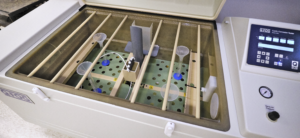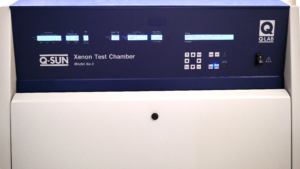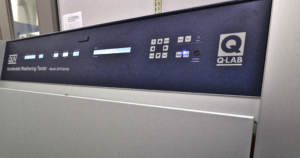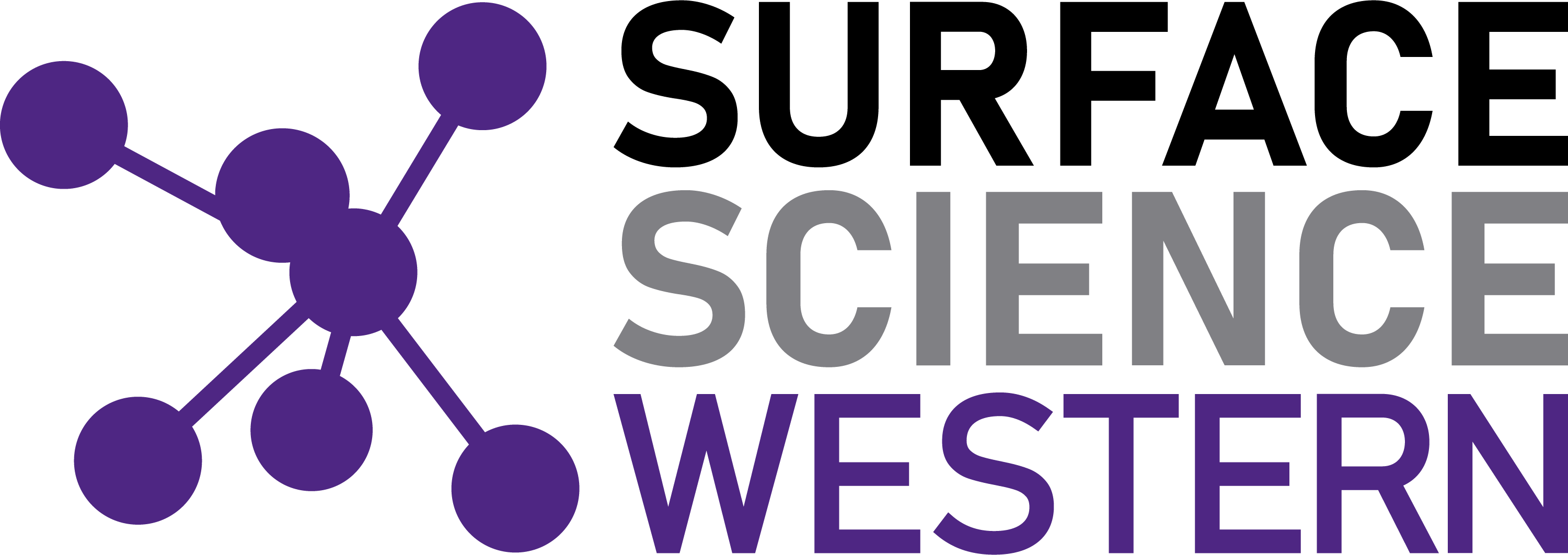
Introduction to Q-FOG Cyclic Corrosion Tester
Several national costs of corrosion studies have indicated that the corrosion costs are equivalent to about 3%–4% of each nation’s gross domestic product (GDP). Using a 3.4% of global GDP, the global cost of corrosion was estimated to be US$2.5 trillion in 2013. Corrosion degrades useful properties of materials, especially metals. This can include loss of strength, appearance, and permeability to liquids and gases.
Conventional salt spray (a continuous salt spray at 35˚C) was previously the standard way to simulate corrosion in a lab. However, the conventional salt spray methods have failed to mimic the corrosion induced from exposure to natural wet/dry cycles of outdoors and the test results frequently provided poor correlation to outdoors. Hence cyclic salt spray testing was developed to simulate exposures to outdoors and cyclic corrosion testing was found to provide structure, morphology, and corrosion rate results similar to those from obtained outdoor exposures.
In our Q-FOG cyclic corrosion tester, the specimens are exposed to a series of different environments in a repetitive cycle that mimics outdoors. Simple cycles, such as Prohesion, may consist of cycling between salt fog and dry conditions. More sophisticated automotive methods may call for multi-step cycles that incorporate humidity, along with salt spray and dry-off. With our Q-FOG chamber, it is possible to cycle through all of the most significant corrosion environments. In addition, more complex exposure cycles can be manually programmed in our chamber and we will be able to run these tests to meet a wide variety of industry requirements.
The Q-FOG model CRH is a through the use of an air pre-conditioner. This enables the chamber to run tests according to most major automotive corrosion test standards, such as GMW 14872, SAE J2334 and others from Ford, ISO, GB/T, VW, Volvo, Chrysler, Renault, etc. Additionally, this model includes an optional programmable shower function with an advanced cleaning feature for spray nozzles that prevents clogging of the nozzles. The 120 liter reservoir has enough capacity for running most tests for 7 days or more. This tester can change temperatures exceptionally fast because of their unique internal chamber heater and cooling/dry-off blower. An additional air heater allows very low humidity dry-off exposures.
Test Standards
Numerous standard accelerated corrosion tests can be performed in our Q-FOG CRH salt spray tester (please contact SSW for a complete list of standard tests that can be run with this chamber).
Introduction to Q-Sun Xenon Arc Test Chamber

Sunlight, heat, and moisture can cause product damage in the form of crazing, hazing, fading and yellowing. These damages can be simulated in a laboratory using the Q-SUN Xe-3 xenon arc chamber. This chamber can reproduce the damage caused by full-spectrum sunlight and rain over a period of months or years outdoors in a few days or weeks time.
This chamber utilizes three separate xenon lamps for a large capacity. The Q-SUN Xe-3 tester’s slide out specimen tray is 451mm x 718mm and is useful for exposing large, three-dimensional parts or components. The Xe-3 tester offers standard humidity control, and spray, back spray and chiller features. The dual spray capability allows for a second liquid such as acid rain or soap solutions, to be sprayed onto test specimens.
Test Standards
Numerous standard accelerated weathering tests can be performed in our Q-FOG CRH salt spray tester (please contact SSW for a complete list of standard tests that can be run with this chamber).
Introduction to QUV Accelerated Weathering Chamber

The QUV Accelerated Weathering Tester reproduces the damage caused by sunlight, rain and dew. It tests materials by exposing them to alternating cycles of UV light and moisture at controlled, elevated temperatures. To simulate outdoor weathering, the QUV accelerated tester exposes materials to alternating cycles of UV light and moisture at controlled, elevated temperatures. It simulates the effects of sunlight using special fluorescent UV lamps. It simulates dew and rain with condensing humidity and/or water spray. Types of UV weathering damage include color change, gloss loss, chalking, cracking, crazing, hazing, blistering, embrittlement, strength loss and oxidation.
Two types of lamps are available with our QUV weathering chamber. The UVA-340 lamps give an excellent simulation of sunlight in the critical short wavelength region from 365 nm down to the solar cut-off of 295 nm. The UVB-313 lamps maximize acceleration utilizing short-wave UV that is more severe than the UV normally found at the earth’s surface. Consequently, these lamps may produce unrealistically severe results for some materials. UVB-313 lamps are most useful for QC and R&D applications, or for testing very durable materials.
Test Standards
Numerous standard accelerated weathering tests can be performed in our Q-FOG CRH salt spray tester (please contact SSW for a complete list of standard tests that can be run with this chamber).

